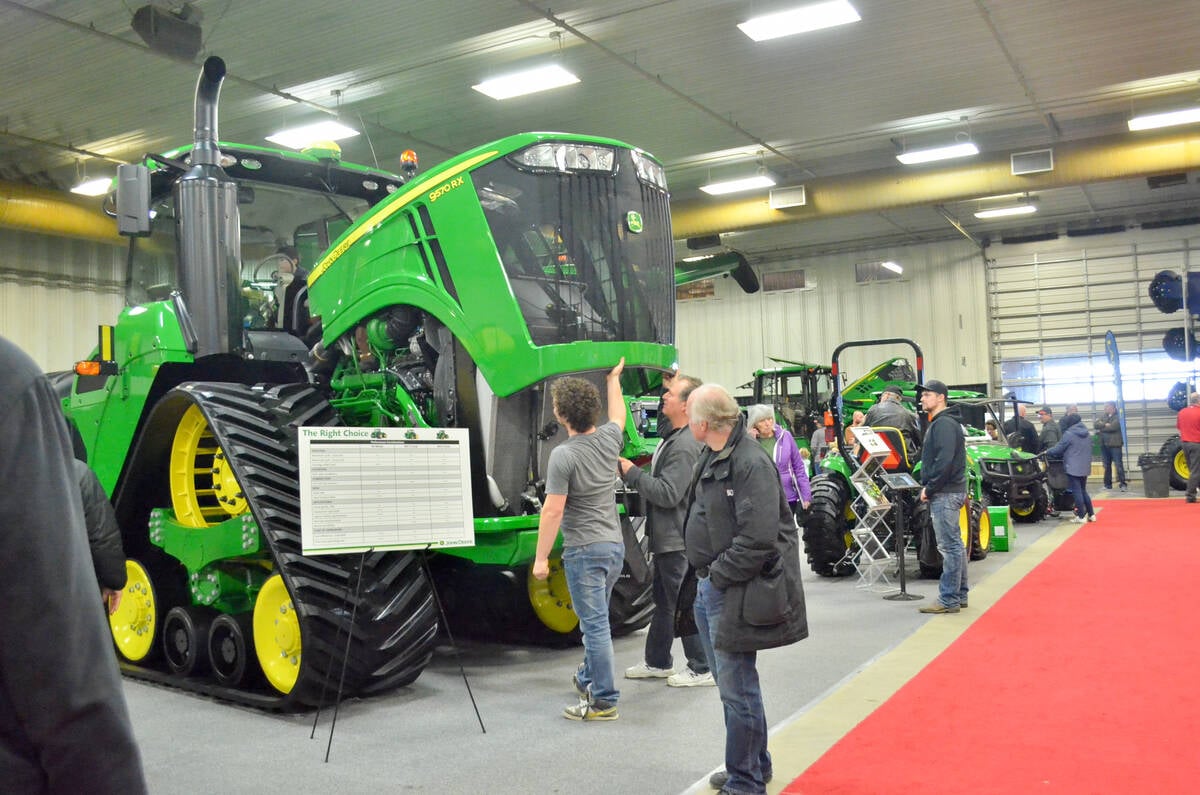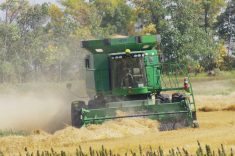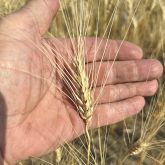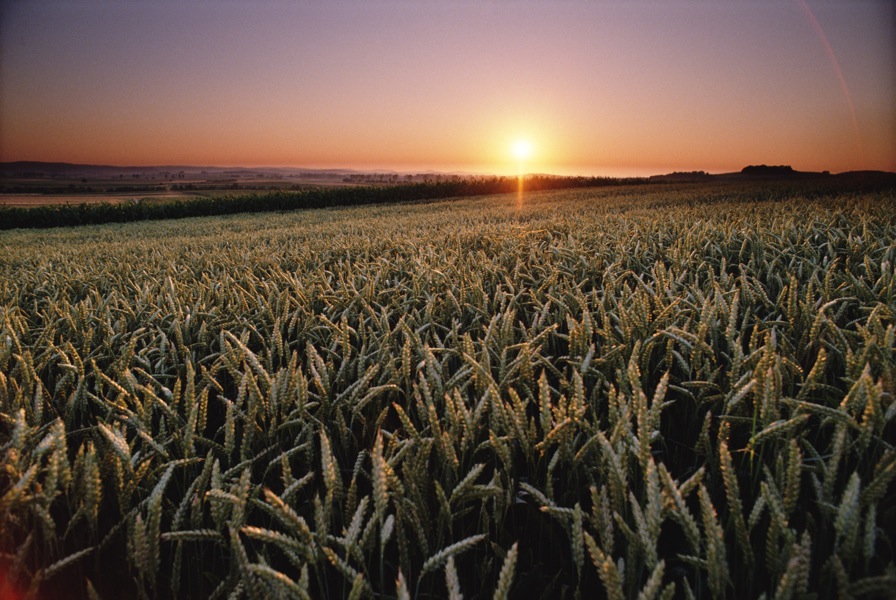Latin American markets are continuing to expand and Canada wants a piece of not just the pie, but breads, pasta and crackers too.
“We have been there for many years, the market knows how good we are, but we have to create and keep that fidelity to the Canadian brand,” said Juan Carlos Arriola, head of milling technology at the Canadian International Grains Institute, better known as Cigi.
With that in mind, the institute has just wrapped up a program with 16 millers and grain purchasers from Latin America, including representatives from Colombia, Cuba, Venezuela, Mexico, Chile, Peru and Ecuador.

Arriola added that creating and maintaining fidelity in the Cuban market is of particular importance for Canadian growers and grain sellers. As that country moves towards a return to the open market, Canadian grain may face competition from other countries such as the United States.
“Cuba still has the unique system, and in that unique system the government is the only one that can buy wheat, cereals and whatever,” he said. “So for us, it’s like thinking ahead… so that when the market opens they hesitate to try something new that is not going to be as good as we are — that is why the technical part of these sessions is so important, then they can see why Canadian wheat is so good in quality.”
Read Also

Manitoba Ag Days 2026 coming up fast
Canada’s largest indoor farm show, Manitoba Ag Days, returns to Brandon’s Keystone Centre Jan. 20-22, 2026. Here’s what to expect this year.
Anel Ferrera Rodríguez is an international buyer with Cuba’s state-owned food company Alimport, and speaking through a translator she said Canadian wheat continues to impress millers and bakers in her home country.
“For us we use Canadian hard wheat for improving the blend, because it’s the best-quality wheat. So we have been using it for a very long time,” she said, noting the island produces no wheat of its own.
Cuba would often like to import more Canadian wheat, she added, noting the seasonality of the crop means it’s not always available at certain times of the season. Cuba imports between 225,000 and 250,000 tonnes of Canadian wheat each year.
But it’s not only Cuba where Canada wants to ensure fidelity to Canadian grains, all of Latin America has a growing population and represents a growing market for Canadian products, said Arriola.
While high-protein Canadian wheat is often used in sandwich breads and high-volume bread — otherwise known as French bread — those two products only account for about 34 per cent of Latin American baked goods. Sweet breads, which mostly use intermediate classes of wheat, make up as much as 55 per cent of the bakery market in Latin America.

“Our biggest participation on the market is in the smallest fraction of the market, that is French breads, high-protein breads,” said Arriola. “We still have a lot of room to grow in sweet bread, because people usually use intermediate- to lower-protein wheat, and then they blend with 30 per cent of CWRS for example to provide the base of protein… if we can offer intermediate-protein wheat like CPSR, that would be great, that would give us room to grow.”
However, Canada is facing increased competition when it comes to wheat, particularly in the intermediate class.
“If we take a look at that 10 years ago, Russia, Ukraine, Kazakhstan, they used to be part of the top 10 buyers of Canadian wheat, now, today, they are part of the top 10 exporters, so they are direct competitors in that range of protein, but I think that everyone is well aware of our quality,” he said.
Impressing clients with Canadian quality is a big part of the programs Cigi operates, Arriola explained, adding that customers are shown all aspects of production, from harvest and inspection through to loading and shipping, while in Canada. The Latin American program concludes with a trip to a grain terminal in Hamilton, Ontario, he added.
For Michell Nuñez, a manager at Grupo JRNP in the Dominican Republic, the week-long program helped her realize why it was she has always preferred Canadian wheat.
“You have proper vision, you see from the beginning to the end. I’ve had the opportunity to do the same thing in the U.S., but this is a much more complete program,” said Nuñez. “The kind of analysis done here is more complete, the variety of grain that you’re testing, it just gives the client a better sense of security.”
Ferrera Rodríguez agreed that seeing all steps of the process was helpful — but she didn’t need much convincing.
“I’m in love with the product,” she said. “Now what’s been good for me is that I’ve been able to look at every aspect of the industry, everything from the farmers to the terminals, to the laboratories, you know, everything, so in the end that allows me to have a lot of good knowledge in terms of being able to talk to my clients, so we can talk about the kind of wheat that would be best.”















